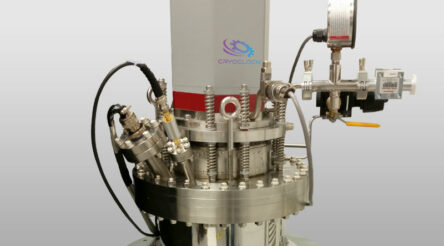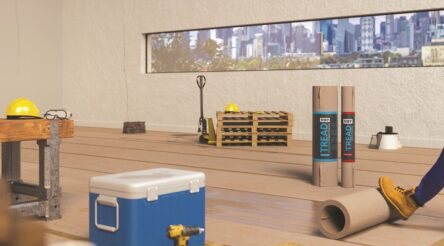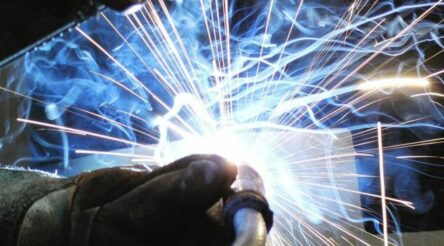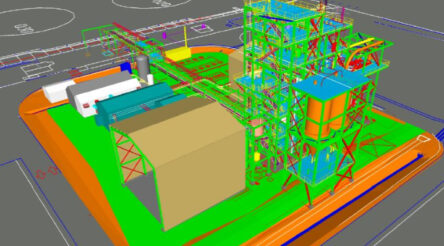Nova Systems focuses on digital engineering
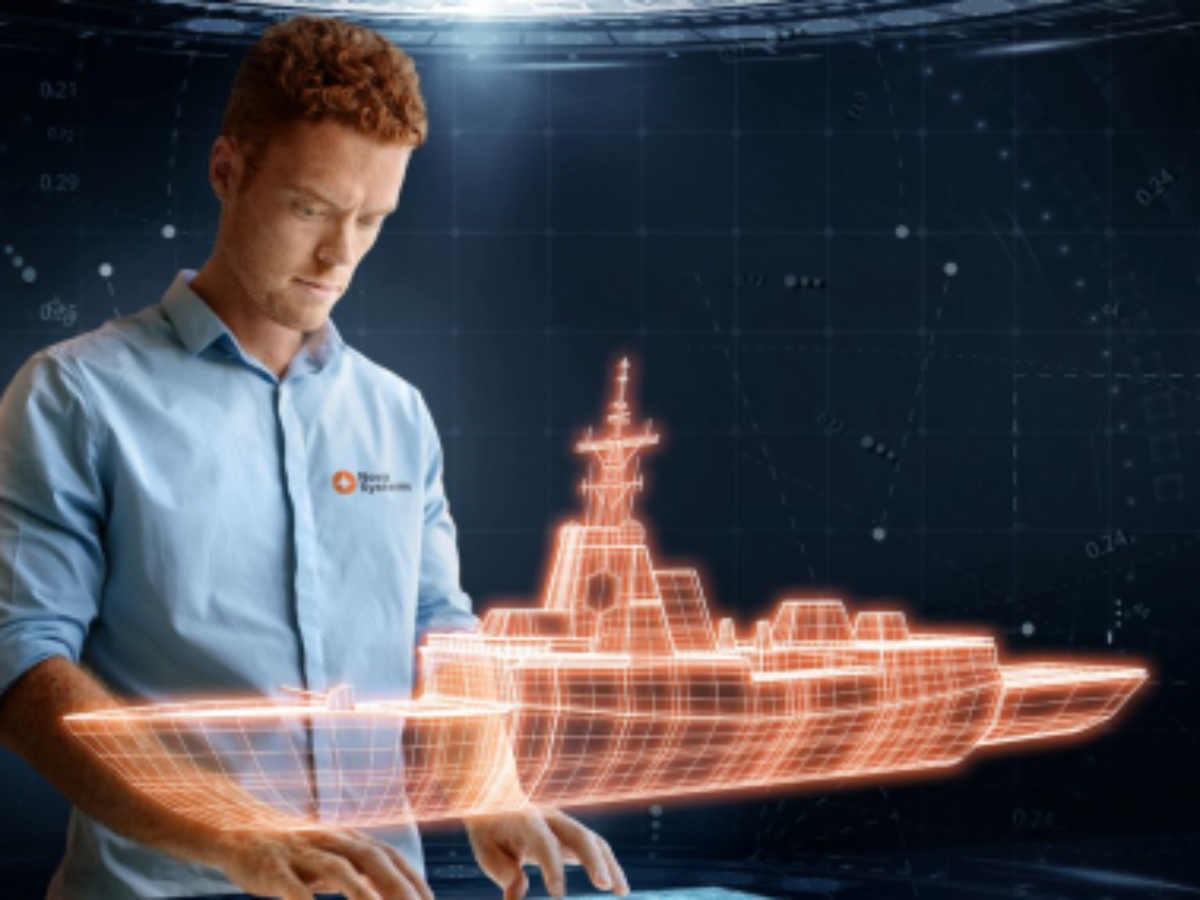
Digital engineering tools and methods including the use of digital twins are becoming firmly entrenched in the testing, evaluation and certification of Australian military equipment.
The way Australian the owned and controlled services provider delivers T&E, and systems engineering services more broadly, is changing according to Rob Starbuck, Nova Systems Digital Engineering Capability Lead.
The company is responding to rapidly increasing demand for digital engineering skills by upskilling consultants and managers.
The company has introduced a suite of new in-country digital engineering courses designed to support Test and Evaluation and Systems Engineering employees and consultants with best-practice digital systems engineering.
Starbuck said: “Nova Systems has been actively investing in digital engineering for the past six years and we’re picking up pace now because this is the way the world is moving.
“As systems engineers, we’re still making the same decisions and doing the same work but we’re getting better, faster results…by using the right tools and techniques.
“Instead of using old approaches where data was typically spread across multiple documents, this new way of working means we have a single source of truth to share data more easily and we are far more efficient.”
Nova Systems has deployed a digital engineering virtual environment that enables it to execute work in a highly efficient way for the Department of Defence and prime contractors.
“We can essentially generate the artefacts the Department of Defence needs delivered directly from our digital engineering tools at the press of a button.
“In addition, Nova Systems is continually investing in our people, so our workforce is ready.”
Nova Systems Test and Evaluation Capability Lead Tim Grabert said the traditional way of running a test and evaluation programme was to rely heavily on data collected from testing performed on live mission systems and support systems – a process he said was expensive and time consuming.
Grabert said: “That way of doing things is still relevant and will continue to be an important part of any conventional T&E program, but when you start having lots of systems that must be interoperable with each other through complex interfaces, for example when datalinks are required, you need to do things differently.”
Grabert said delivering systems engineering using synthetic methods was becoming increasingly important.
“The big benefit of applying digital engineering early in the system lifecycle, particularly when simulation tools are used in conjunction with Model Based Systems Engineering (MBSE), is that it improves both the quality of the systems engineering outputs and the speed at which outcomes can be achieved.
“We’re really looking to reduce our dependency on testing mission systems so we’re able to collect more assurance data using synthetic methods, enabling us to test earlier in the project lifecycle.
“For example, by running digital twins in synthetic environments it enables us to collect data and provides us the ability to do testing that we’ve never been able to do before.”
To support the continued evolution of sovereign T&E capabilities, Nova Systems recently announced it would establish an Australian-first T&E Centre of Excellence.
The hub will bring together Defence, industry and academia to deliver integrated joint-force T&E and capability assurance.
Picture: Nova Systems
Topics Manufacturing News Technology
@aumanufacturing Sections
Analysis and Commentary Awards Defence Manufacturing News Podcast Technology Videos







